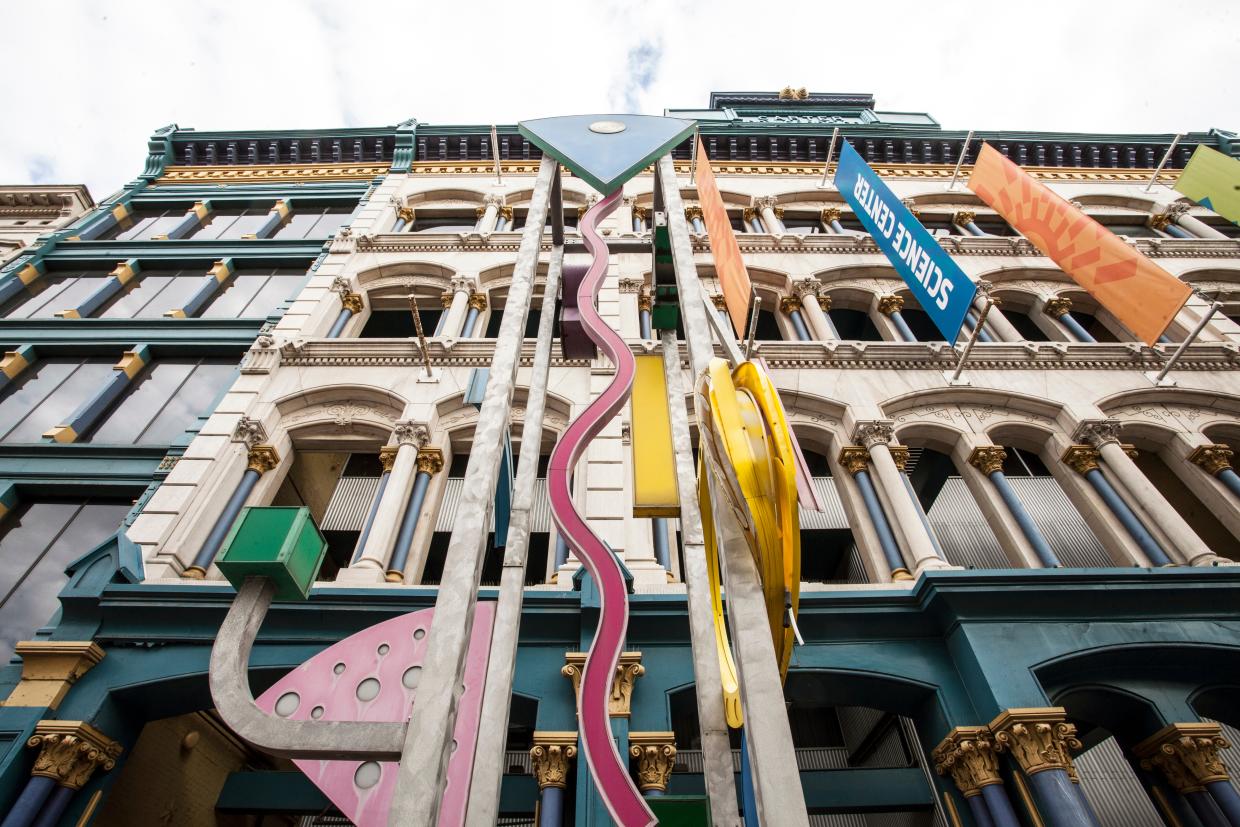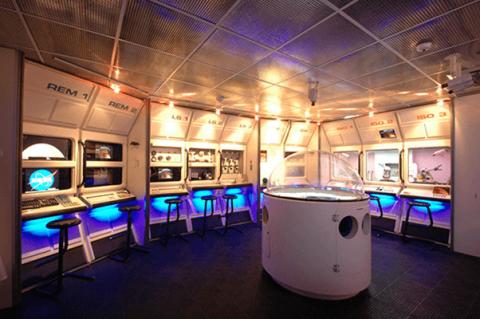
I’ve been in the Education department at the Kentucky Science Center since 2009, and with a working relationship with NISE Network for nearly that long. Our first NanoDays Science Celebration was April of 2010 and featured scent-filled balloons, ferrofluid with magnets, tiny teacups, and miniature water-repelling khaki pants!
This relationship has grown in the past 12 years as both organizations continue to evolve. As an active partner that’s ideally located right at the northern edge of the Southeast region, we have been well-suited for various kits, mini-exhibits, grants, and professional development opportunities. With a kit in nearly every program staging area, the Education department is now intimately familiar with the NISE Network!
While the annual partner surveys and toolkit reports capture a lot of important data, I thought it would be fun heading into 2022 to take a look back on the NISE Network materials that have lived on the longest. I asked my colleagues here to share out the things they continue to use in-gallery and offsite, and at free and fee-based programs:

In-gallery: over 110,000 visitors in 2021
While we are proudly displaying Sun, Earth, Universe on our 2nd floor, we also had the Nano Mini-Exhibition on display until it was replaced in 2020. Of all the components to this, the ferrofluid station remains accessible in our Discovery Gallery and is an excellent standalone interactive with a high dwell time.
Camps: over 6,300 participants in Louisville 2021 + offsite Camps in 10 different Kentucky Counties
While I suspect that most kit activities are designed with a “walk-up” audience in mind, we have had tremendous success incorporating these activities into camp curricula. While Summer Volunteens have been assigned kit activities to facilitate in-gallery for many years, the camp classroom setting routinely allows for more in-depth conversations than typically seen with passers-by in the exhibits, to utilize the supporting literature more fully. Sometimes it’s a supporting activity for one block of one day, and sometimes it’s the thematic background of an entire curriculum, such as 2017’s Nano to Macro Innovations Camp.
Offsite:
Science Expos are clusters of hands-on activities selected to appeal to large groups in a festival style atmosphere. Should be no surprise that Gravity Fail, Smelly Balloons, the Blue Morpho Butterfly, and the Mystery Bags and Boxes have all been repeated in this setting!
Powers of Ten, a game that was created 11 years ago, is still used in Enrichments (standards-based travelling in-class programs) to give participants an idea of the scale of nano.

Challenger Center:
As the only Challenger Center in an approximately 150-mile radius (we’re one of three in Kentucky but our closest neighbor is Dayton, OH), opportunities abound for the Earth and Space toolkits to be used as extension activities to our missions. Extremely helpfully when large classes arrive with more bodies than mission positions, or when content is booked by younger groups. Extremophiles, Gravity Well, Ice Orbs, Pocket Solar System, and Cloud in a Bottle are regularly shared.
Creating a summary of our programming always feels like just the tip of the iceberg. Kits appeared in our digital class series, our largest pandemic pivot of 2020. NISE Network resources have also been used for our signature ‘Do Science’ learning moments at Executive Board Meetings, at memorable once-in-a-lifetime events like the 2017 Great American Solar Eclipse, and at more one-off events than I could ever hope to list here. Perhaps more importantly than any specific usage is the gain to our institutional memory every time a tested and well-produced NISE Network resource is added. Take the Frankenstein 200 kits for example. These were “officially” used at Halloween events that reached 100's of field trippers and in some instances all consumable materials were exhausted. Maybe we’re not specifically making Monster Masks anymore, but the application of LED's to wearable paper will live on for many years. I took the Spark of Life and Battery Stack kits to a library outreach, so now this is filed away under “electricity” should this subject matter be needed in this setting again. The Frankentoys were utilized for a Junior Scientist segment with a local television station, but also inspired the creation of a brand new stuffed animal prosthetic activity that has been featured in our MakerPlace and at our annual Dog Day Science Celebration.
And who doesn’t love all those wonderful acrylic sign holders?!
